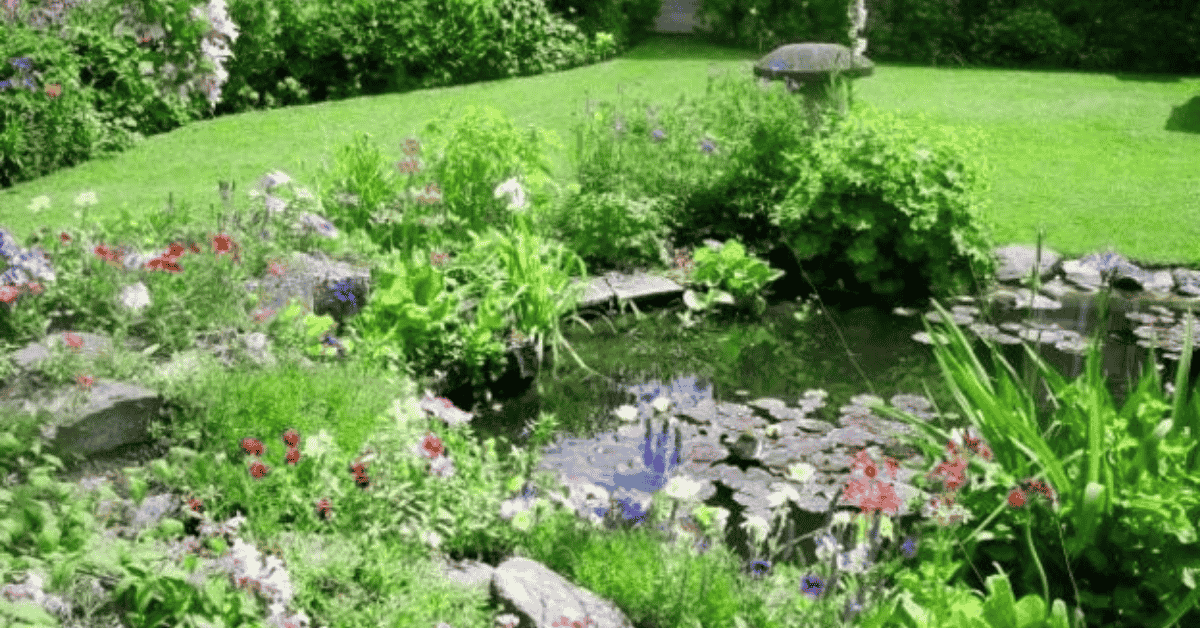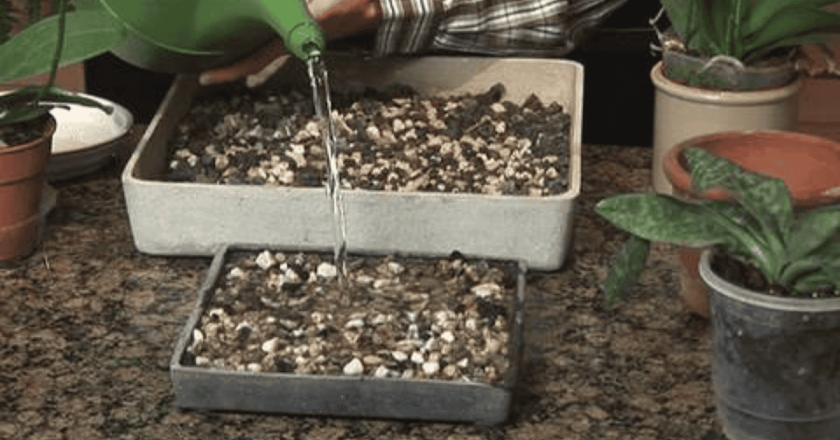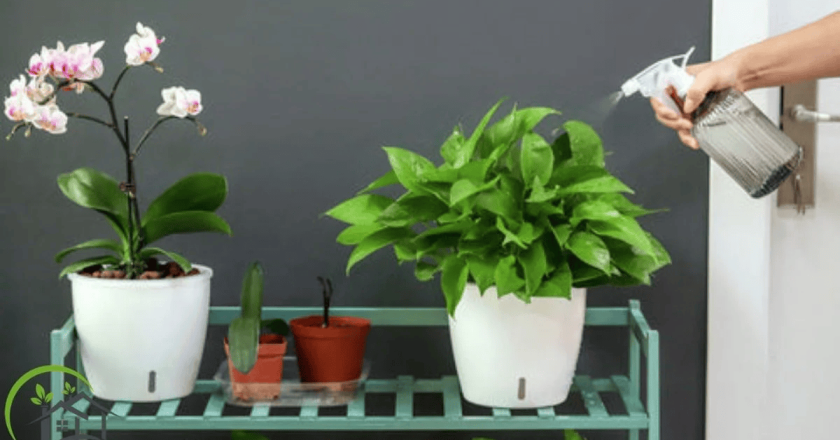It doesn’t matter whether you have sprawling acres of countryside or just a modest corner plot behind your home. The truth is, every outdoor space has the potential to become a small sanctuary. A Wildlife-Friendly Garden isn’t about grandeur—it’s about intent. It’s about asking yourself, “What can I offer back to the creatures that share this space with me?”
For some, the idea of a Wildlife-Friendly Garden comes naturally. They grew up watching bees drift between flowers or hearing the chatter of sparrows from hedges. For others, it’s a relatively new concept. Maybe the garden was once just about neat hedges and trimmed lawns, but over time, the absence of butterflies or birds becomes noticeable. Either way, the shift toward designing for life—life beyond our own—is worth exploring.
And here’s the encouraging part: you don’t need a huge backyard to make an impact. Even small yards can play a significant role in supporting biodiversity and providing valuable wildlife habitats. A single pot of nectar-rich flowers on a balcony may not seem like much, but to a hungry bee, it can be a lifesaver.
Why a Wildlife-Friendly Garden Matters
We’re living in a world where green space is shrinking. Cities expand, farmlands dominate, and yet wildlife continues to seek shelter. A Wildlife-Friendly Garden is a way to restore some of what’s been lost, even if only in fragments.
-
Pollinators need help. Bees and butterflies have been declining, and they rely on pollinator plants for survival.
-
Birds require safe havens. A bird-friendly garden with shrubs and trees can serve as a replacement for lost hedgerows.
-
Balance returns. More insects bring more birds, more flowers invite more pollinators—it’s a cycle.
In fact, this is where sustainable gardening and eco-friendly landscaping overlap beautifully. By focusing on native plants, we reduce our reliance on chemicals, conserve water, and simultaneously help wildlife thrive.
Small Yards, Big Potential
A common myth is that you need space to create a meaningful Wildlife-Friendly Garden. But think of a balcony with hanging pots, or a terrace lined with herbs. These are miniature ecosystems.
In urban gardening, size is rarely the main obstacle. The real challenge is intention. With careful garden design, even small yards can support bees, provide food for birds, and create corners of shelter.
For instance, a simple cluster of native wildflowers at the edge of your lawn doubles as a butterfly garden. Add a shallow water dish with stones for bees to rest on, and suddenly, your space isn’t just yours—it’s part of a larger network.
Garden Design Principles for Wildlife
Designing a Wildlife-Friendly Garden isn’t about messiness. You can still have order, paths, and structure. The key lies in layering and making informed choices.
1. Choose Native Plants
Native flora is the backbone of any environmentally friendly garden. They’re adapted to the local climate, provide food for local species, and require far less maintenance. (For inspiration, you might like this list of low-maintenance outdoor plants—many overlap with regional species.)
2. Think Diversity, Not Monoculture
A lawn alone offers little to wildlife. By mixing habitat plants—shrubs, ground covers, trees, and flowers—you give shelter and food to a wide range of creatures.
3. Create a Water Source
It doesn’t have to be a pond. Even a small dish or birdbath makes your Wildlife-Friendly Garden more welcoming.
4. Leave Some Natural Mess
A natural garden doesn’t need to be pristine. A pile of leaves might house insects, while a log can support fungi and beetles. It may not look like a magazine spread, but it matters.
Pollinator Plants: The Heart of Wildlife-Friendly Gardens
Bees, butterflies, and even moths rely on nectar. Adding pollinator plants is one of the simplest and most effective steps in garden sustainability.
Lavender, coneflowers, and wild marigolds are classics. Herbs like thyme or mint flower beautifully and are helpful for you as well. Imagine cooking pasta while knowing your sauce garnish also feeds bees—it’s a small but satisfying connection.
And don’t forget indoor greenery teaches us lessons too. Plants like the Christmas Cactus thrive when cared for properly, and while not wildlife-focused, they remind us how flowering species can support cycles of life.
Attracting Birds to Your Garden
A bird-friendly garden doesn’t need expensive feeders or birdhouses (though they help). Birds will come if they find shelter, water, and food.
Dense shrubs provide hiding spots. Seed-bearing plants like sunflowers give nutrition. Trees offer perches and nesting sites. Even small yards can fit a compact shrub like hawthorn or dogwood, and these alone can transform the space into a rest stop for songbirds.
If you already enjoy the presence of upright plants indoors—say, a Peace Lily or a Snake Plant—you’ll understand how structure in plants draws the eye. Outdoors, the same principle applies: strong shapes make attractive perches.
Butterfly Gardens: Colour, Motion, Life
Butterflies are delicate, but their impact on a garden is profound. They bring colour and movement, and they’re excellent pollinators.
To design a butterfly garden, choose nectar-rich blooms like milkweed, asters, and lantana. But go further: think about caterpillar host plants too. Without leaves to feed on, butterflies can’t complete their cycle.
A Wildlife-Friendly Garden that includes butterfly-focused plants becomes more than decorative—it’s functional, sustaining life from egg to adult.
Wildlife-Friendly Gardening Indoors
Indoor greenery can teach lessons for outdoor care. For instance, oversized plants like those listed in this guide remind us that scale matters in design. Similarly, low-maintenance indoor plants show that resilience is key when balancing beauty and practicality.
The truth is, the philosophy of a Wildlife-Friendly Garden—diversity, adaptability, sustainability—can extend indoors too, even if it’s not directly for birds or bees.
Eco-Friendly Landscaping Choices
To make your garden environmentally friendly, consider the materials and practices you use.
-
Avoid chemicals. Pesticides harm pollinators. Instead, encourage balance by inviting predator insects like ladybugs.
-
Compost locally. Reduce waste while enriching soil.
-
Use permeable surfaces. For paths and patios, choose materials that allow rain to seep through, protecting waterways.
These steps may seem small, but they tie your Wildlife-Friendly Garden into the larger system of eco-friendly landscaping.
Gardens as Wildlife Corridors
One yard by itself may not seem like much. But when connected—house by house, street by street—they become green corridors. In suburban and urban neighbourhoods, this is invaluable.
Think of your garden as one dot in a constellation. Birds might fly across, bees may hopfrom flower to flower. Together, these small spaces create a patchwork of survival.
🌱 Final Thought
A Wildlife-Friendly Garden isn’t about size or budget—it’s about intention. Even in the smallest yard, a few well-chosen plants, a shallow dish of water, or a corner left a little wilder can make a difference. It’s not perfection you’re aiming for, but participation in something larger: the cycle of life around you. Each flower that feeds a bee, each shrub that shelters a bird, adds up. And when you step outside and notice these visitors returning, you’ll realise you didn’t just create a garden—you made a home for more than yourself.
🌿 Key Takeaways
-
Native plants are the backbone of a Wildlife-Friendly Garden, offering food and shelter ideally suited for local species.
-
Small yards can still make a difference—containers, balconies, and even tiny patches of soil all contribute to garden sustainability.
-
Pollinator plants are essential, providing nectar for bees, butterflies, and other insects critical to biodiversity.
-
Diversity strengthens habitat—mixing shrubs, groundcovers, flowers, and trees makes the garden more resilient.
-
Eco-friendly choices multiply impact, from reducing chemicals to composting and conserving water.
❓ FAQs
Q1. Can I really create a Wildlife-Friendly Garden in a tiny yard?
Yes. Even a balcony or courtyard can attract pollinators and birds with potted plants, herbs, and water dishes.
Q2. What are the best plants to start with?
Focus on native plants. They thrive naturally in your region and support local wildlife better than exotic alternatives.
Q3. How do I attract birds without feeders?
Plant shrubs and trees that produce seeds or berries, and provide fresh water. Birds are drawn to natural food sources.
Q4. Will a Wildlife-Friendly Garden look messy?
Not necessarily. You can balance structure with natural elements—paths, defined beds, and still leave corners for wildlife shelter.
Q5. Is it expensive to design a Wildlife-Friendly Garden?
Not at all. Many changes—such as planting pollinator-friendly flowers, composting, or reducing chemical use—can save money in the long run.




